.png)
In this unit, students explore science phenomena of the life forms that live on Earth, analyzing the cellular structures that make up complex organisms and figuring out how different groups of cells work together to keep the organism functioning properly. This page shows extracts from each part of this lesson.
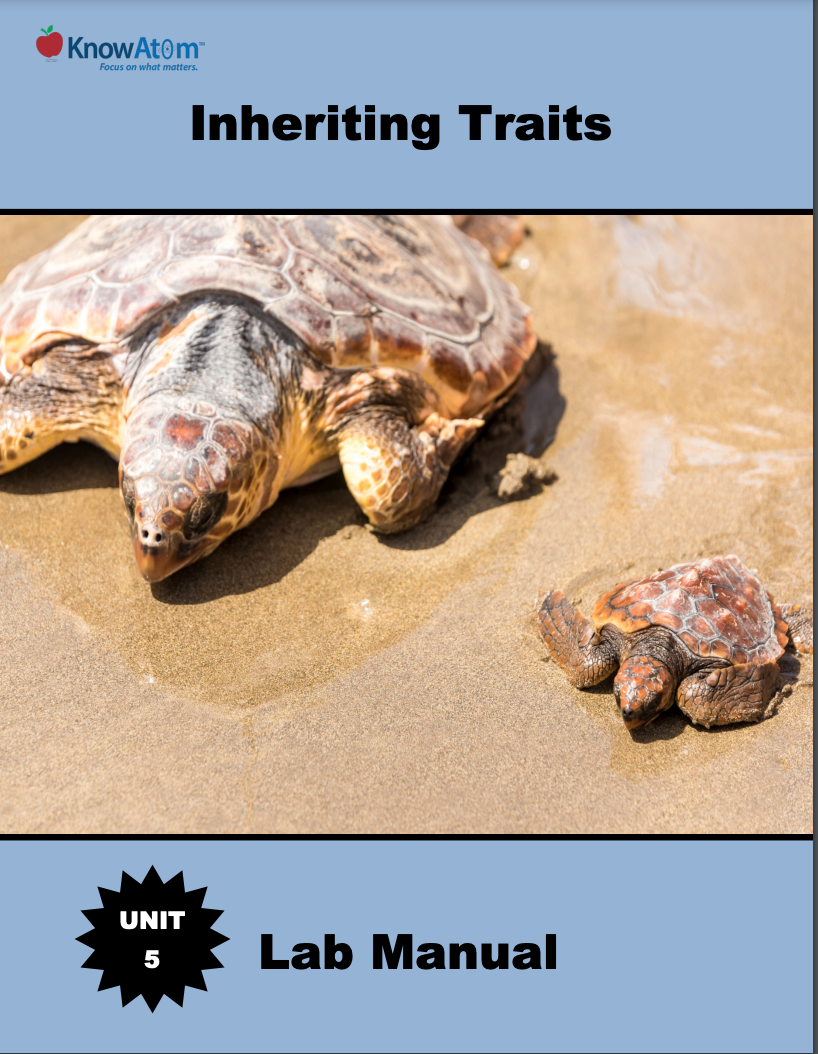
In this unit, students investigate phenomena related to how organisms pass on traits to their offspring. Students begin, in this lesson, with an investigation into how DNA codes for proteins, which determine an organism’s traits. This page provides a high level overview of this lesson.
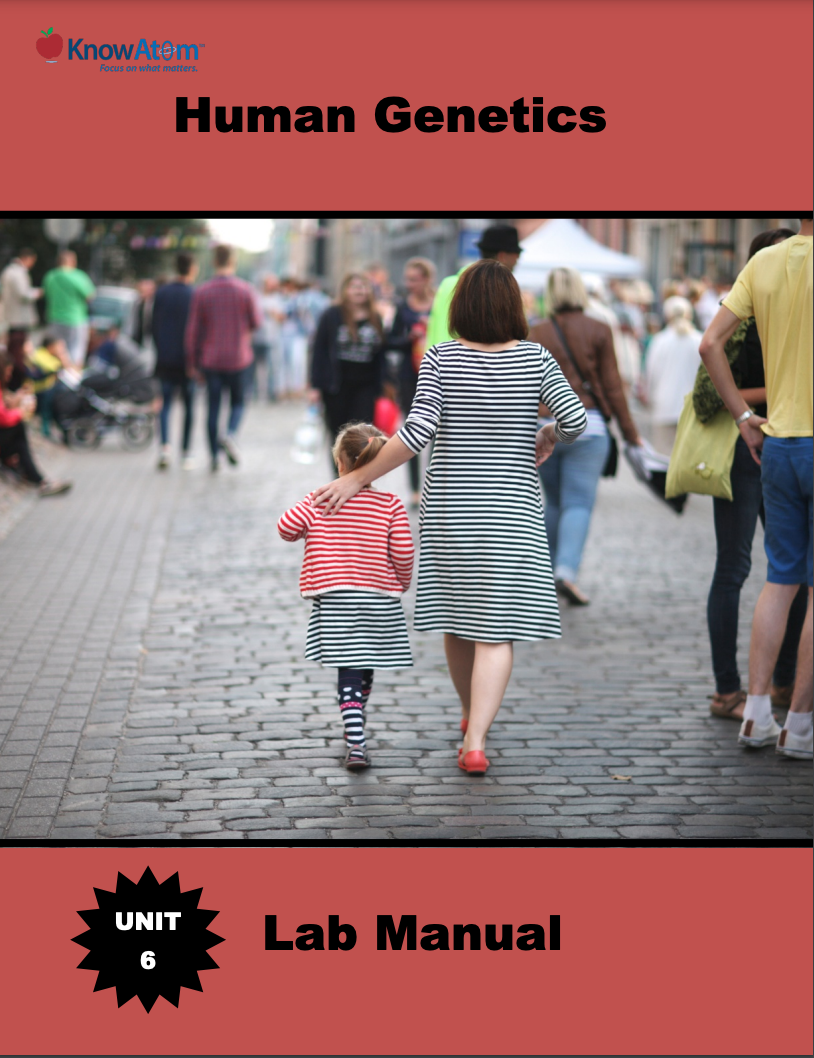
In this unit, students figure out connections between genes and heredity to evolution, focusing on figuring out the phenomena of how both genetic information and the environment influence how a population develops over time. Students investigate different kinds of evidence for life’s shared ancestry and then experiment with how adaptations help some organisms survive. Students end with an investigation into artificial selection.
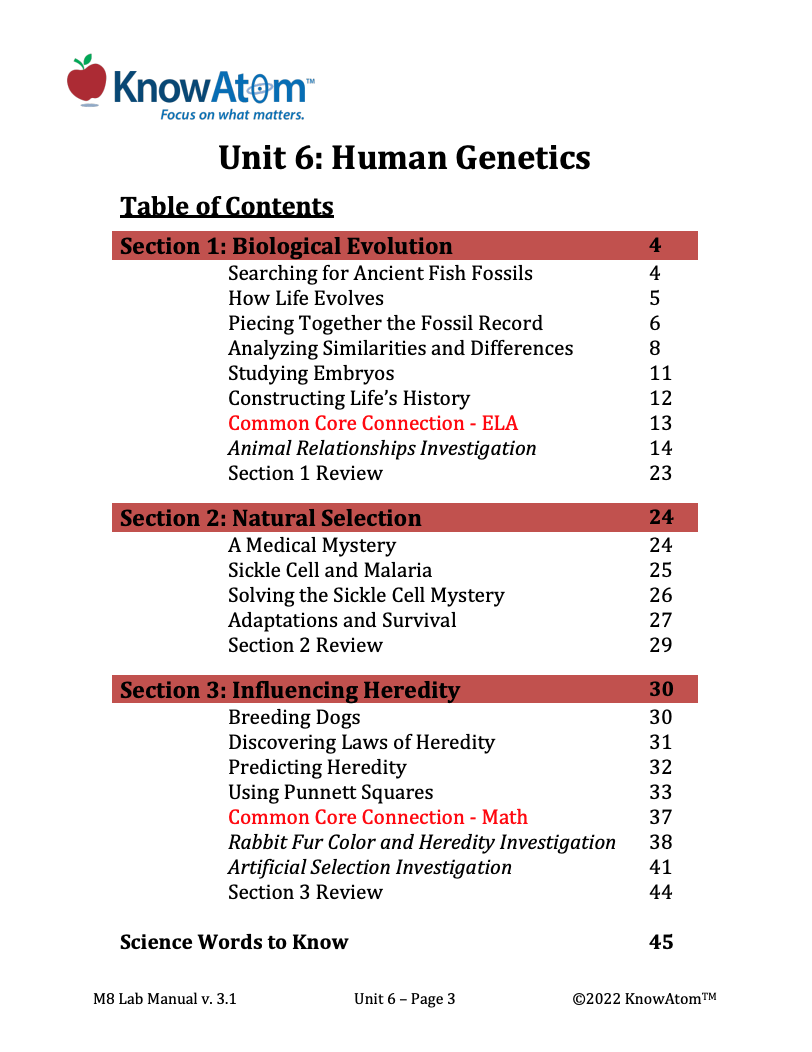
In this unit, students figure out the interconnectedness of genetics, heredity, and evolution. For this lesson, students create an experiment to observe the phenomenon of natural selection determining which organisms are most likely to survive and pass on their traits. This page showcases parts of key components of the lesson.
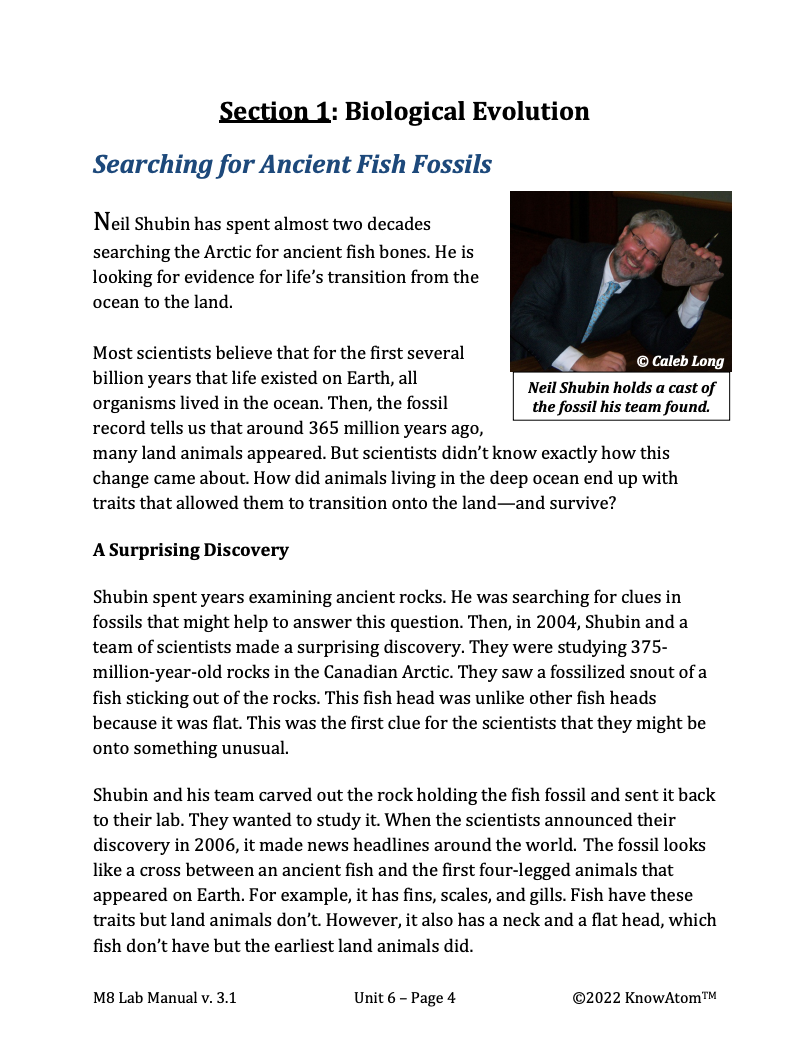
In this unit, students apply what they know about genes and heredity to evolution, focusing on how both genetic information and the environment influence the phenomena of how a population develops over time. In this lesson, students explore the phenomena of how adaptations help some organisms survive. Students also investigate artificial selection. This page showcases key parts of this lesson.
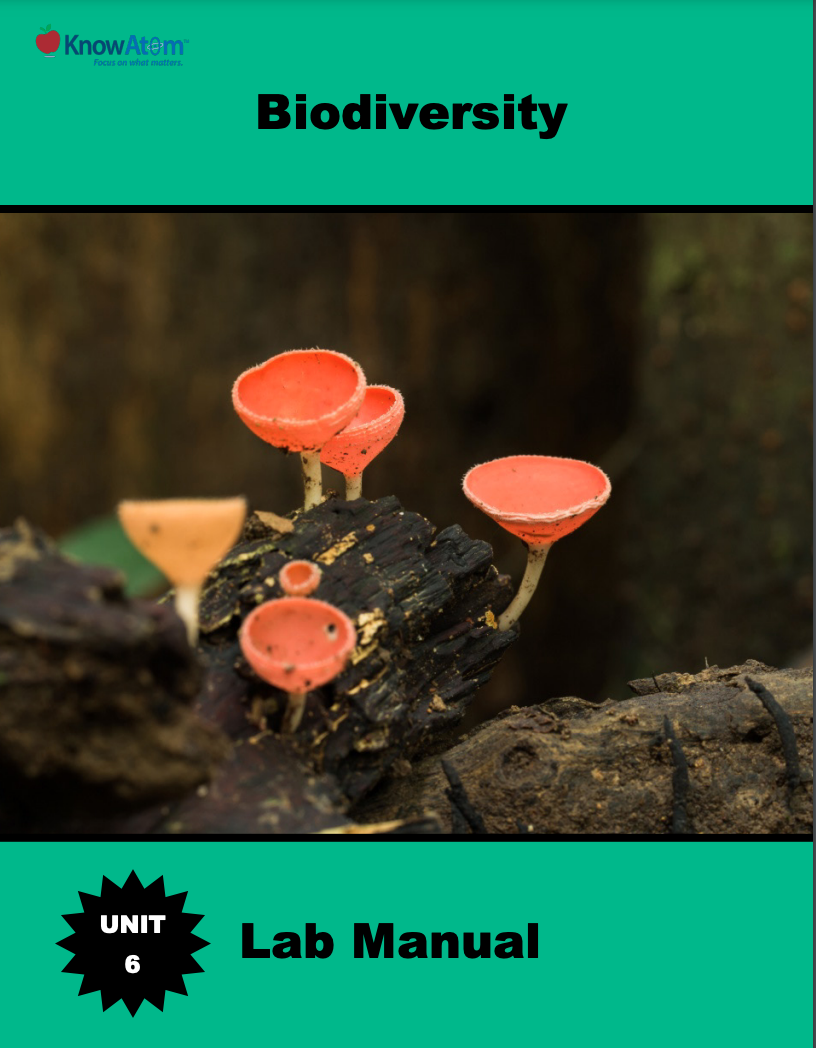
In this unit, students explore the phenomena of diversity of life on Earth and consider how living things pass on traits to their offspring while also adapting to meet the needs of the environment. In this lesson, students figure out how scientists use the fossil record for clues to how life has evolved over time. This page highlights key parts of this lesson.
Standards citation: NGSS Lead States. 2013. Next Generation Science Standards: For States, By States. Washington, DC: The National Academies Press. Neither WestEd nor the lead states and partners that developed the Next Generation Science Standards were involved in the production of this product, and do not endorse it.
